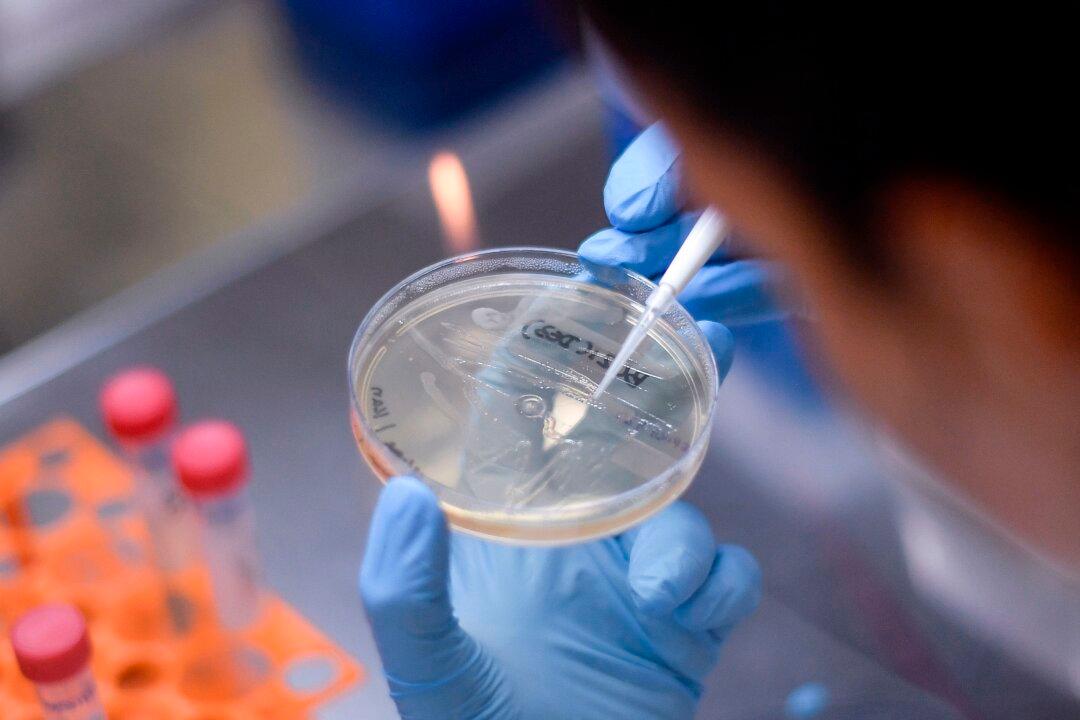Researchers at the Coalition for Epidemic Preparedness Innovation (CEPI), an international nongovernmental organization, are calling for a new model of vaccine development for pandemics.
The team argues in a paper published in the New England Journal of Medicine that overlapping otherwise linear stages of vaccine development and investing early in manufacturing capacity can bring pandemic vaccines to market faster and blunt the impact of a major outbreak such as COVID-19.





